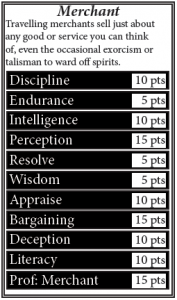Martial Arts are a fascinating field of study, and they make for great options in most games. Acting almost like a small “character class”, a good martial art includes more than just punching and kicking; it is a way of life with a philosophical doctrine as well as a physical one.
During the 12th and 13th century, the closest historical equivalent to the world of Mysteries of the Yokai, Martial Arts were not yet common in Japan. The Samurai had not yet come into full power, and the common folk weren’t forbidden to carry weapons, one of the biggest causes that lead to people learning to fight with just their bodies. China’s influence was not yet as great either; neither the experienced instructors nor the epic sagas of martial valor had taken root on Japan’s soil.
Our game deviates from history in many big ways however, the biggest being the appearance of the Yokai themselves, and the increased overall supernatural presence. The danger from these changes leads to an increased need to protect one’s self, and the positive influence of Yokai has also inspired humans to adapt the powers of the supernatural to ways they can use. With the increased ability to tap into Ki, martial arts are becoming more common, and much more powerful than previous generations.
Martial Arts in MotY
Today I wanted to get Game Masters thinking about how they might build Martial Arts into their own campaigns. With all the changes happening in Japan, there’s plenty of new fields of study that potential masters and students would take up. Some may push their bodies to the limit simply for the challenge; mastery of Ki allows a martial seeker to achieve feats previously thought impossible. Some schools may develop around the Yokai themselves; ninjas may learn techniques from shapeshifters, a Yamabushi may befriend a Tengu, Oni or other Yokai living on its mountain and create a style that mimics or honors that Yokai, or a Geomancer may found a school to teach students a better way to respect natural energy.
Entire campaigns can be founded around martial arts. Rival schools may compete for the right to found a dojo in the capital. Players could be rival students, forced to work together to defend the city from threats, learning from and about their new friends while still trying to help their own school win the most prestige. If all the players want to play students of the same art, they may be traveling the world as the final stage of their training in order to learn the things they could not within the walls of their master’s home. Even if only a few of the players want to play actual martial artists, the tropes of the martial arts genre always tend to lead to clashes with evil, philosophical debates, and investigations into the unknown places of the world, things any player will have moments to shine during.
Building a Martial Art
With all the options available to a GM in the world, almost any martial art could be created and make sense. Historically accurate arts could be created much sooner than they were in our world, and fantastic or bizarre arts become possible though Ki and the supernatural. A GM may want to create specific arts to fit the story, and a player may want to develop their own personal style.
We encourage GMs to use the Kata mechanic in the game to create a new Kata that represents a martial art. A Kata is a package of related Abilities at a 10% discount; 100 Potential of Abilities only costs the player 90 Potential when they buy it. However, these Martial Arts Katas shouldn’t be abused to simply get discounted Abilities; a Martial Art that is just 200 points of Strength is not only against the intention and feel of this use of Katas, it’s pretty cheesy (and actually not very effective). GMs should approve all arts created in this way. Some suggestions are listed below
- A Martial Art Kata should be a one-time purchase, especially because they are likely to include very specific Abilities such as Waterfall Training or 1000 Strikes. If these Katas were taken multiple times, those points would be wasted. Because of this, they are likely to be fairly expensive, at least 100 Potential before the discount.
- A Martial Art should include a mix of combat and non-combat abilities. Real Martial Arts are never entirely about combat (though some derived forms are, ‘quick and dirty’ styles are certainly valid, but would be modeled through buying abilities normally). An art should always include at least a +2 modifier to an appropriate Lore skill.
- Martial Arts in this way should focus on themes and styles, rather than a universal ‘all situations’ art, which already exists in the game by just taking normal combat abilities. The discount in cost is meant to reward creating interesting playstyles; defensive protectors of the weak, masterful strikers, the seeker of enlightenment through bodily mastery, even the tribute to a Yokai through imitation.
Example Martial Art: Aikido
Aikido is a very modern art, relative to what you might consider for MotY. But the fundamentals core to its philosophy work really well in the era of spirits and uncertainty. It would make a lot of sense for a similar school to develop in a time of chaos in order to bring “unity with Ki”. It’s a good example of how you could take an art you find interesting from our world and adapt it to the game.
Aikido is based on principles of combining the actions of an attacker with one’s own body to create a wanted outcome (basically, protection). Training in Aikido includes both a philosophical understanding of unity with the world around oneself, and a physical regime that builds health, fitness and endurance. When thinking about building the Kata, this means it should include a very Ki and health oriented outlook, and spiritual studies. For our example, we’ll build around Endurance and Athletics; this gives the character a good Defend action in combat as well as the health and ability to physically exert themselves for long periods of time. On top of that we’ll add Ki Well to model the spiritual health developed in Aikido; practitioners are able to tap into their Ki abilities without quickly burning out because they are mastering the use of Ki in harmony with the universe, not disruptive to it. We’ll wrap this package up with some Strength, Resolve and Discipline to further model that mental and physical path a student walks while learning Aikido.
Coming back to the defensive nature of Aikido, we’ll include the obvious Turn Aside Attack (which is a general abstraction of most of the throws and deflection strikes. We’ll also include Protective Circle to represent the Aikido student’s presence on the battlefield. A character practicing Aikido would be able to protect their friends and allies, and the game benefits of Protective Circle do a good job of representing their effect on the battle.
Example Martial Art: Kyusho Mastery
Kyusho represents pressure points, the points on a body where effects can be created by applying external stimulus. Commonly, this is usually thought of as either pain (nerve strikes) or healing (acupuncture). The mastery of Kyusho lets a character manipulate the body of others, a sort of physical biomancy, if you will.
This art is an offensively themed one, there is no study of blocks or dodges, only manipulating the body of the target. This is not always deadly, so we’ll include Blessing to model acupuncture and the positive effects a master could give to friendly characters. In fact, in order to really understand how best to strike at the human body, a student would need to know how it operates, which also leads to understanding how to heal it, so we’ll include both Lore: Human Body and Medicine in the art. While this is a damage based Kata, including these gives the character something to do besides just attack the whole game, making for a more interesting gameplay experience.
In terms of offense, this Kata models someone who can disable or even kill with a touch. We’ll start with Weapons – Body to allow the character to fight without weapons, and give them enough Agility to have a good chance to hit (+6 between Agility and Weapons Skill). This is good because, without a weapon, a character normally only does 1 point of Tide Damage. The higher chance to hit increases the damage through Margin of Success. In fact, let’s take 1000 Strikes, so that the character does +1 damage for each 2 points of success, instead of 3. It makes sense that a master of pressure points wouldn’t care about the armor of a target, so the Kata should include Vital Strike. Finally, we’ll give the Kata some points in Hustle. This allows the character to act quickly; we could even assume this is the benefits of the character’s manipulation of their own body and the flow of energy through it.

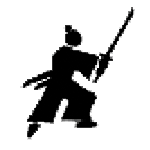

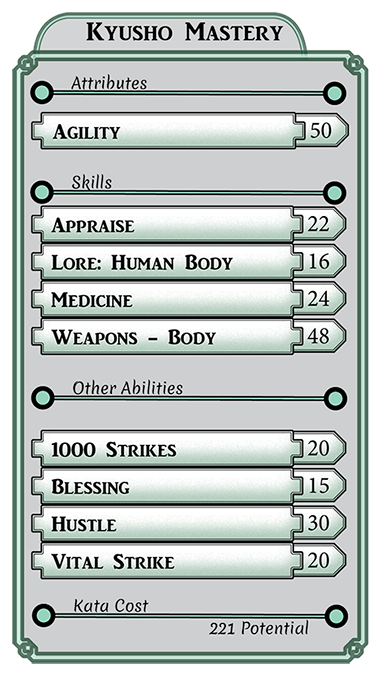
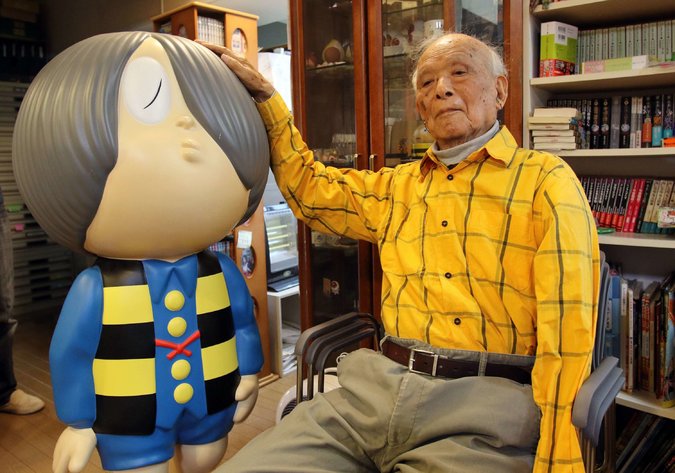
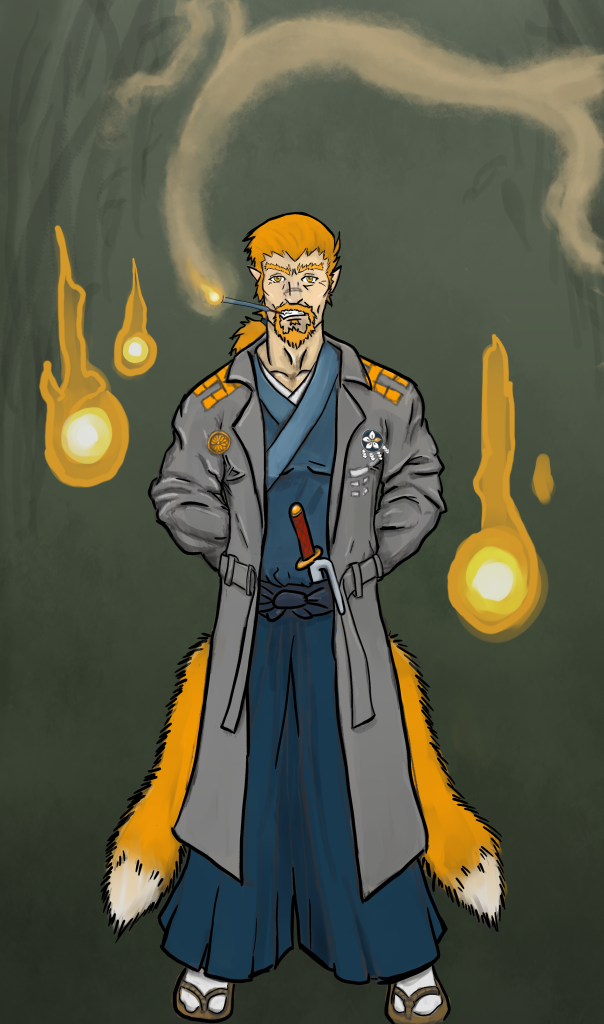

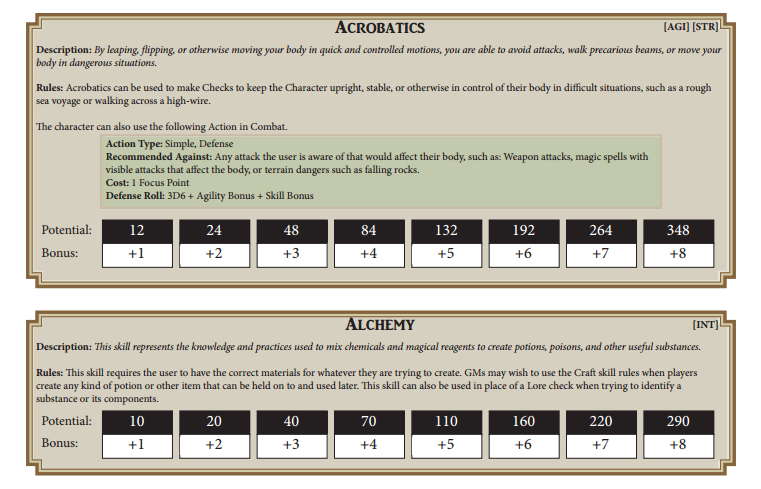

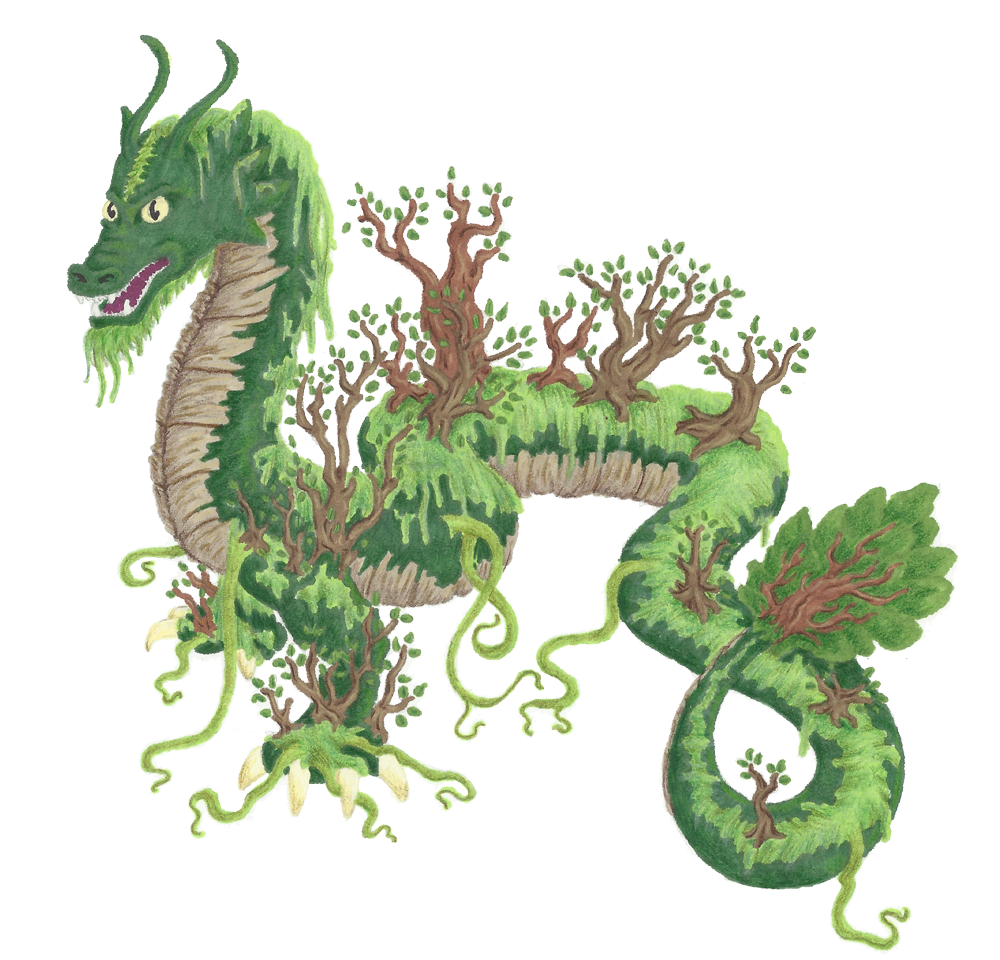
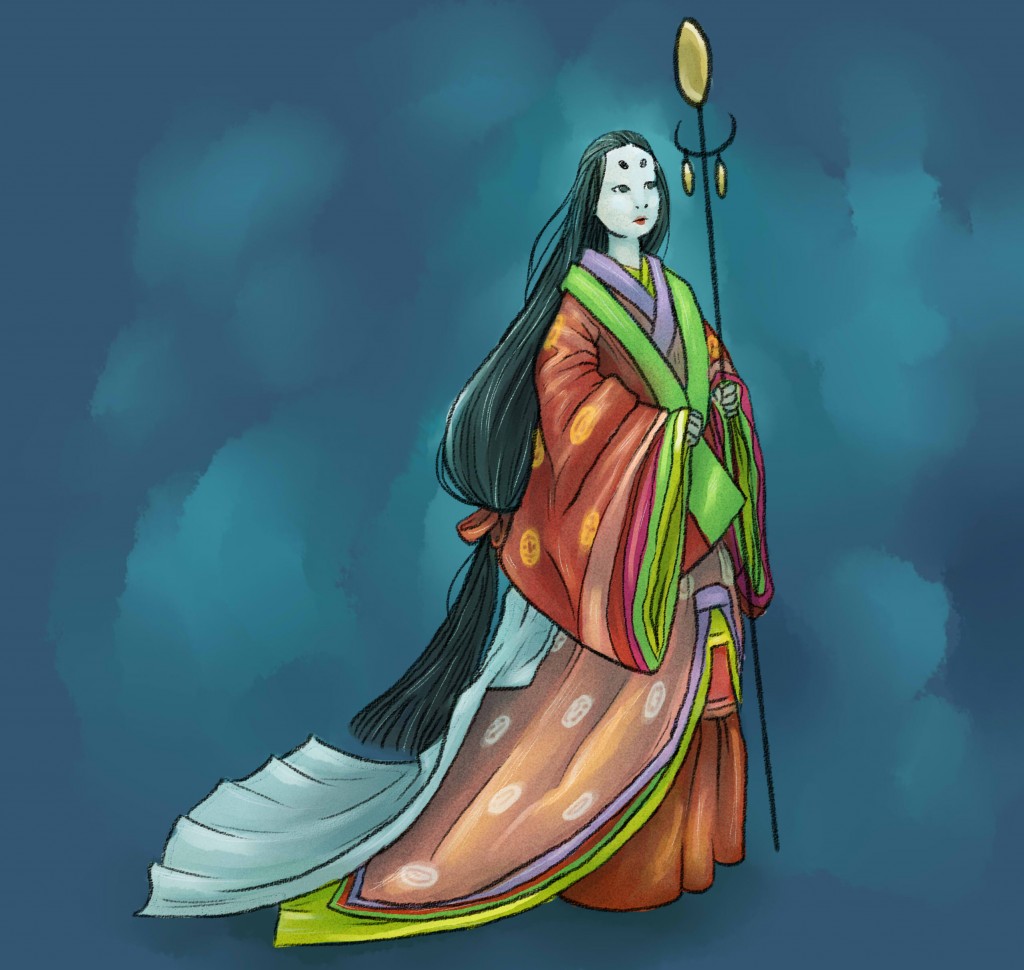 After a lot of hard work from all of us and our playtesters, Warding Circle is proud to present Mysteries of the Yokai v0.1! This new rulebook is our “first playable” version. That means that although the game is far from complete, you can finally read up on nearly every system and play through complete campaigns with just one book.
After a lot of hard work from all of us and our playtesters, Warding Circle is proud to present Mysteries of the Yokai v0.1! This new rulebook is our “first playable” version. That means that although the game is far from complete, you can finally read up on nearly every system and play through complete campaigns with just one book.